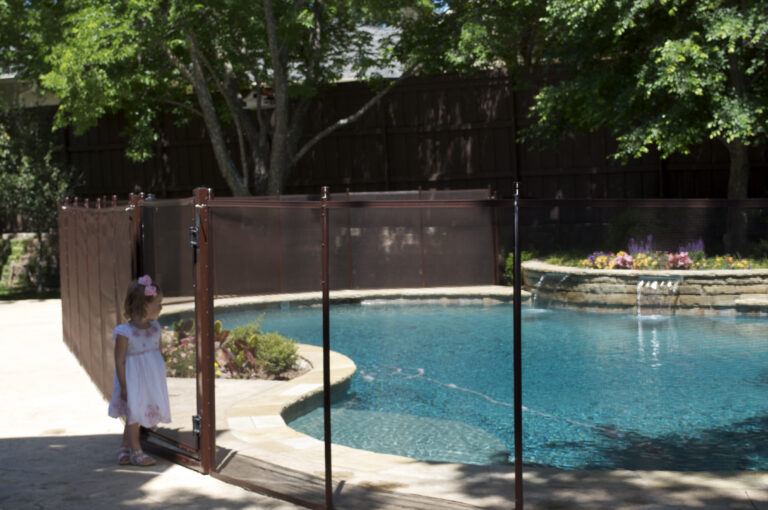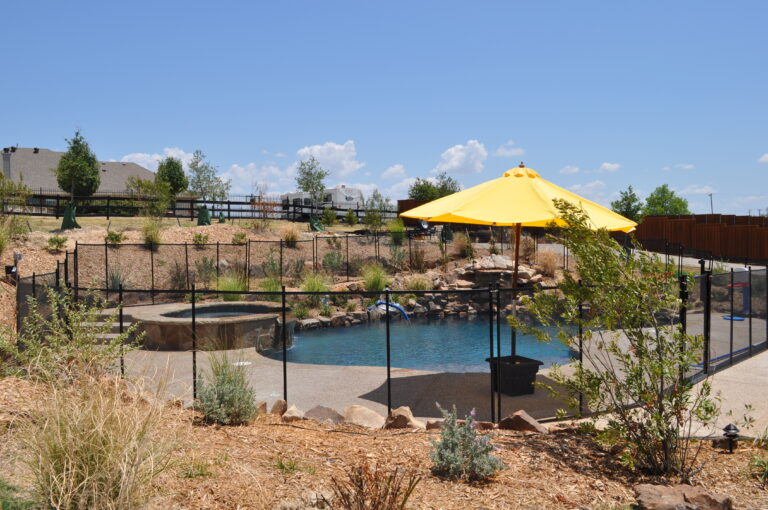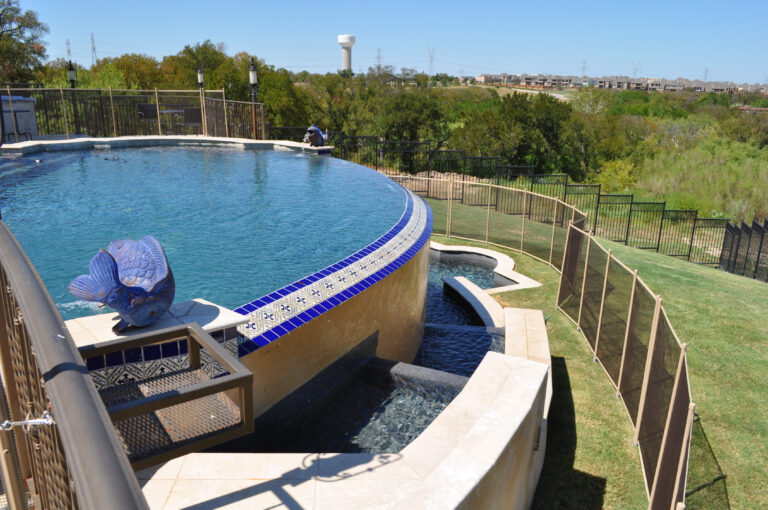
Tampa Bay Pool Fence Trends
If you live in Tampa and have a backyard pool, chances are it’s one of the most-used parts of your home. Between the long summers, weekend barbecues, and year-round sun,

As a trusted pool fence manufacturer, we specialize in designing and producing high-quality, ASTM & CPSC-compliant pool fencing solutions. Our manufacturing expertise ensures that each fence meets stringent safety standards, providing childproof, pet-proof, and weather-resistant barriers for residential pools.
We supply pool fence contractors, pool fencing companies, and pool builders with durable, custom-fit fencing solutions. Whether you need wholesale pool fence supplies or bulk orders from a leading pool fencing supplier, our products deliver superior protection, durability, and compliance.
As one of the leading pool fence manufacturers, we provide:
As an experienced pool fencing manufacturer, we use premium materials to ensure long-term performance and reliability:
As a leading pool fence supplier, we manufacture, test, and refine every component to meet strict industry standards.
Our pool fencing supplies are designed to fit all pool layouts:
We provide large-scale pool fence production, ensuring that pool fence companies, pool fencing suppliers, and installation contractors have access to high-quality materials for every project.
Are you looking to enhance your pool’s safety with a premium fence? Don’t wait! Explore our wide range of pool fencing options designed by leading pool fence manufacturers and find the perfect solution for your backyard.
As a top-tier pool fence manufacturer, we produce advanced gate systems designed for unmatched security:
Every pool fence supplier we work with receives gates built to the highest safety standards, ensuring state & national compliance.
If you’re looking for high-quality fencing from a trusted pool fence manufacturer, we provide custom manufacturing solutions for any project size.
Contact us today to work with a trusted pool fence manufacturer that delivers industry-leading safety, durability, and compliance.
View Our Other Products
Pool Guard™ is so confident in our solid safety pool fences, we offer a limited lifetime manufacturer's warranty.

If you live in Tampa and have a backyard pool, chances are it’s one of the most-used parts of your home. Between the long summers, weekend barbecues, and year-round sun,

If you live in San Diego, you already know that backyard pools are more than a pretty feature for your home. It’s slowly shifting from a luxury feature to an

With sunshine nearly year-round and coastal air constantly in the mix, your outdoor features endure more exposure than in most cities. And while most homeowners focus on pool care itself,
At Pool Guard™, we prioritize durability with precision-engineered materials. Our aluminum poles are extruded, anodized, and powder-coated at 400°F to resist corrosion, UV damage, and pool chemicals. Our high-tensile mesh is rigorously tested for strength, preventing sagging or tearing. We also equip our self-latching gates with stainless steel springs rated for thousands of cycles, ensuring long-term security.
We strictly follow ASTM F2286 and CPSC standards. Our wind load tests simulate hurricane-force winds, and our impact tests confirm childproof strength. We also conduct salt spray tests to ensure corrosion resistance and latch cycle tests to verify durability. Additionally, we meet NEC grounding compliance to prevent electrical hazards near water.
We use a controlled manufacturing process to enhance longevity. Our aluminum poles undergo extrusion and anodization, preventing rust and structural fatigue. Our UV-treated mesh maintains flexibility without degradation. A powder-coated finish creates a chip-proof, fade-resistant barrier, and reinforced quad-core poles distribute weight evenly, reducing bending and ensuring structural strength.
We meet ASTM, CPSC, and ISO 9001 standards, ensuring compliance, quality, and durability. Our marine-grade aluminum and reinforced mesh outperform unverified alternatives. When you choose Pool Guard™, you’re investing in better safety, a longer lifespan, and reduced liability for your pool area.
Caring for your Pool Guard™ safety fence is simple and hassle-free. Just use a soft brush and only water to clean the fence, as harsh cleaning products can reduce UV inhibitors and shorten the material’s lifespan. We recommend rinsing the fence poles every few months to prevent grime buildup, which can make removal more difficult.
Our pool safety fences are designed for durability under normal use conditions. However, they are not built to withstand hurricane-force winds or extreme weather events. We recommend assessing the location of your pool fence to determine whether it may be exposed to severe weather, ensuring optimal placement for maximum safety.
Pool Guard USA is a US-based pool safety equipment manufacturer specializing in pool fences, pool covers, pool safety nets along with installation services throughout the United States.
Pool Safety Products
Please fill out the form below with your information. Your local dealer will be notified about your inquiry.
Please fill out the form below with your information. Your local dealer will be notified about your inquiry.